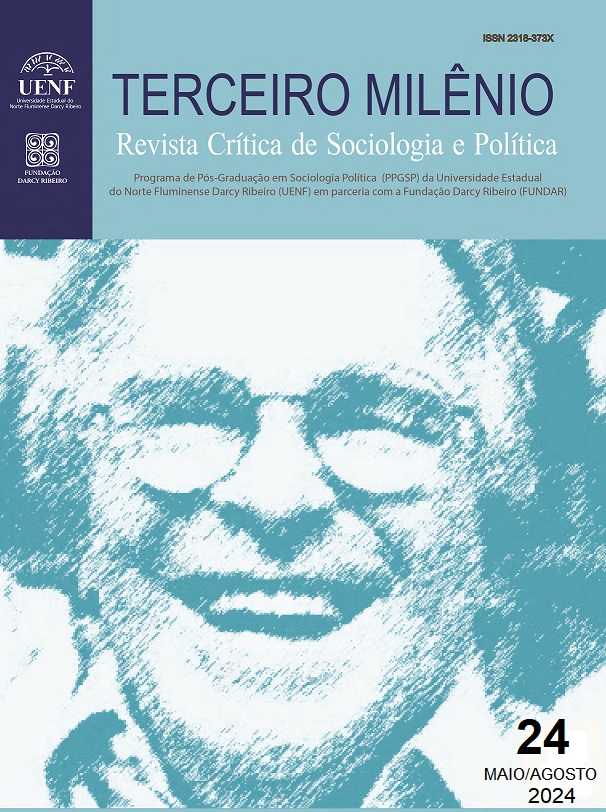Militiamen
an analysis of the connection between the State and organized crime in Brazil
DOI:
https://doi.org/10.59901/2318-373X/v24n11Keywords:
Militia, Police, Crime, Criminal organization, StateAbstract
This review analyzes the work Militiamen: How agents trained to combat crime began to kill in service of it, by Rafael Soares, and its contribution to the debate on organized crime in Brazil. Based on an in-depth journalistic investigation, the author examines the genesis of militias in Rio de Janeiro, highlighting their origins within the state apparatus itself, especially among public security agents. The study identifies three fundamental axes in the formation and consolidation of these groups: (1) the militarization of police forces and impunity as facilitators of criminal activity; (2) the diversification of the illicit activities of militias, which began to control services and impose taxes on vulnerable populations; and (3) the connection between militiamen and political spheres, allowing institutional protection and the continuity of their operations. The historical analysis goes back to the repressive practices of the “death squads” of the 1960s and 1970s, as well as the intensification of the militarization of the police in the context of the “war on drugs”. The book highlights how militias differ from drug trafficking due to their strategy of infiltration into the State and economic control of territories. The review highlights the relevance of the work for the field of public security, pointing out, however, gaps such as the absence of an international comparison and a theoretical in-depth analysis of criminal governance. The conclusion is that combating militias requires structural reforms in public security, the political system and mechanisms of state accountability, in order to contain the expansion of these groups and their influence on democratic institutions.
References
ALVES, José Cláudio Souza. (2020). Dos barões ao extermínio: uma história da violência na Baixada Fluminense. 2ª Ed. Rio de Janeiro: Consequência.
MISSE, Michel. (2008). Sobre a acumulação social da violência no Rio de Janeiro. Civitas (Porto Alegre), v. 8, p. 371-385.
WERNECK, Alexandre. (2015). O ornitorrinco de criminalização: a construção social moral do miliciano a partir dos personagens da “violência urbana” do Rio de Janeiro. Dilemas, Rev. Estud. Conflito Controle Soc. Rio de Janeiro: vol. 8, n. 3, p. 429-454. Disponível em: https://www.redalyc.org/pdf/5638/563865502002.pdf. Acesso em: 30 ago. 2024.
SOARES, Rafael. (2023) Milicianos: como agentes formados para combater o crime passaram a matar a serviço dele. Rio de Janeiro: Objetiva.


